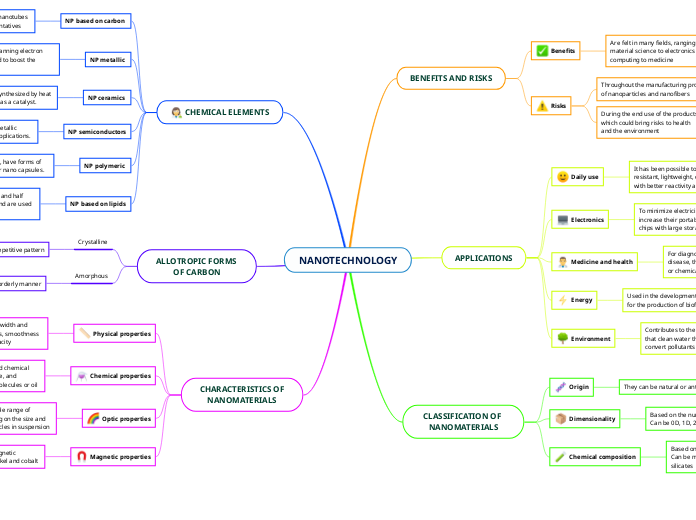da Gabriela Segovia manca 1 anno
404
NANOTECHNOLOGY
The exploration of nanotechnology reveals both its potential benefits and associated risks. This advanced field impacts diverse areas such as material science, electronics, computing, and medicine.

da Gabriela Segovia manca 1 anno
404

Più simili a questo
Can be used for the development of technological purification applicatios, as absorbents, storage of sustances, and catalyst supports
Dimond and graphite